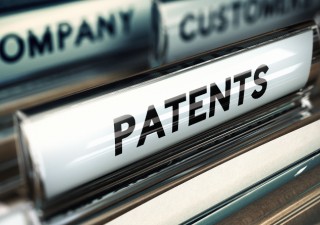With these new technologies developed over the past 10 years, China has seen great changes in the framework of patent law towards stronger protection in favor of patent owners. On the prosecution side, especially for high-tech industries, the situation is basically satisfying because the examination standard is more or less the same with major jurisdictions around the world. Because of China’s recent initiatives to promote innovations for high-tech technologies, in practice the examination standards may be somewhat more relaxed than the EPO when it comes to obtaining patent rights for digital technologies.
On the enforcement side, challenges do exist, but the situation is improving towards faster and stronger protection. A frequently asked question is if foreign companies are treated differently before Chinese courts. Statistics suggest the answer to this question is no. In fact, foreign companies have a higher win rate in China compared with domestic companies when it comes to patent litigation, based on various sources of statistics.
On a provincial level, local protectionism exists. But China is improving the situation by establishing specialized IP courts and tribunals having cross-regional jurisdictions. A centralized appellate tribunal has been established at the Supreme Court to hear appeals for technology related IP cases. Evidence burden on plaintiff (patentee) is still heavy in infringement litigation due to lack of discovery procedures.
But the trend is that the courts are easing the burden on plaintiffs to some extent, says Chen. “For instance, by reversing the burden of proof under some circumstances, and giving more power to judges to issue orders of preservation of evidence and to administrative authorities to collect evidence on behalf of the plaintiff. Damages awarded by courts are still relatively low, but the good news is that the upcoming amendments of the patent law will increase the upper limit of the statutory damage to Rmb5 million (US$730,000) and introduce punitive damage for willful infringement.”
The future of the patent law
Five to 10 years from now, Chen believes that China’s patent law (and relevant regulations) should continually evolve to adapt to the country’s social, technological and economic developments.
“With the desire to keep its competitive edge in the areas of high-tech and new technologies, China will continue the legal reform towards a more friendly and effective patent regime so as to further encourage the R&D activities in the fields of computer and digital technologies,” says Chen.
Li expects this new patent law to be amended in a short time, maybe in one year or two years. “Conventionally, the new patent law will remain unchanged for about 10 years,” she says. “However, the implementing rules thereof or the guidelines for patent examination may be amended with new and still-emerging technologies. It has been 12 years since the last amendment to the patent law, so the current patent law may not perfectly match the development of the technologies and society. Amending the rules on damages to increase the damages awarded by the court, for example, may strengthen it more.”










